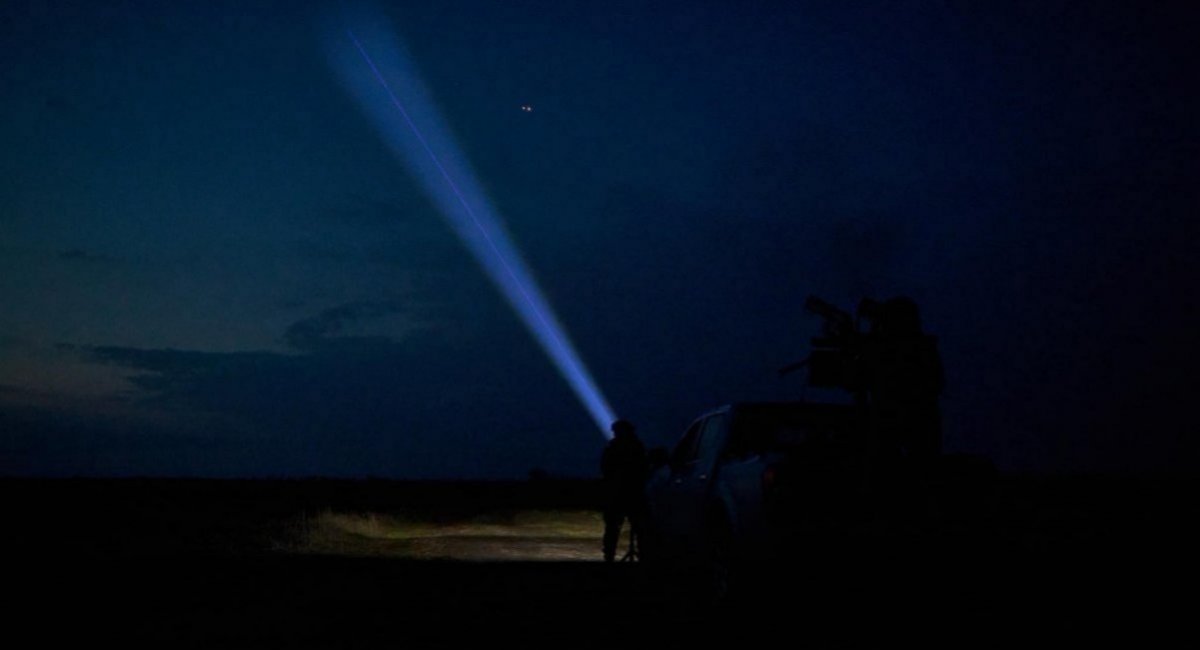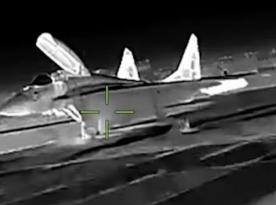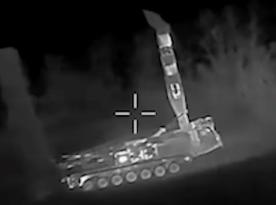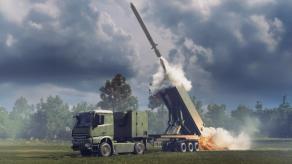A screenshot recently circulated on social media, reportedly originating from a russian state-funded Telegram channel, claimed that russia has significantly improved its Shahed-type long-range kamikaze drones to the point that Ukraine allegedly has no means to counter them. While it is true that the russian Federation continues to ramp up production and refine these drones, such assertions are detached from reality.
Ukrainian electronic warfare specialist Serhii "Flash" Beskrestnov and active-duty serviceman and analyst Oleksandr Karpiuk (aka Serg Marco) have thoroughly debunked the russian claims, revealing their nature as deliberate disinformation aimed at spreading fear and portraying Ukrainian air defenses as ineffective.
Read more: Ukrainian Pilot Downs 3 Targets Before Ejecting from the F-16 Jet, Technical Failure is Under Investigation
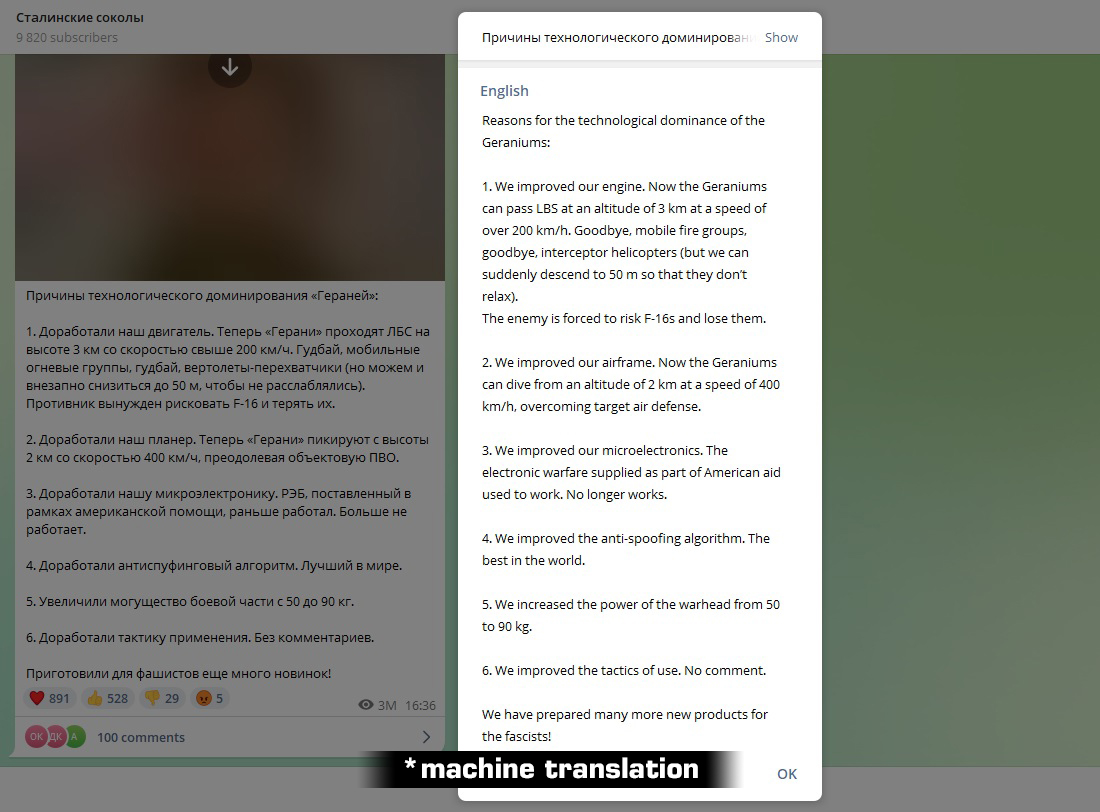
One key claim is that the modified Shahed drones — called Geran in russia — can now operate at altitudes above 3 km and speeds exceeding 200 km/h, supposedly rendering helicopters and mobile fire teams ineffective, leaving F-16 fighters with their superior air combat capabilities the last viable means of response.
The Ukrainian experts confirm that such performance is technically achievable, but at a cost: the drones must sacrifice both warhead size and operational range. Moreover, these upgrades do little to change the effectiveness of mobile teams armed with MANPADS, and Ukraine has also fielded specialized anti-aircraft drones capable of targeting threats at higher altitudes.
Another claim involves improved gliders enabling high-speed dive strikes from high altitudes. While this could indeed complicate the work of mobile fire units, it also compromises the drone’s accuracy — an inherent trade-off with such maneuvers, making even russians themselves doubt its effectiveness. Besides, any drone of this class is capable of diving attacks, so the tactic is hardly revolutionary.
Also, russia has touted the drone’s supposed resistance to jamming. Yes, Shaheds featuring antennas with more elements have been seen on multiple occasions before.

Beskrestnov acknowledges that such enhancements make jamming efforts more demanding, but emphasizes that Ukraine relies entirely on domestically produced electronic warfare systems, which are being adapted continuously. The upgrades may make the Shaheds harder to stop — but far from unstoppable.
According to the official Ukrainian Air Force report from May 18 morning, in addition to 88 russian attack UAVs destroyed by air defense, 128 were "lost on location" meaning they were either jammed or successfully misdirected toward unpopulated areas. The figures include both Shahed drones and decoys.
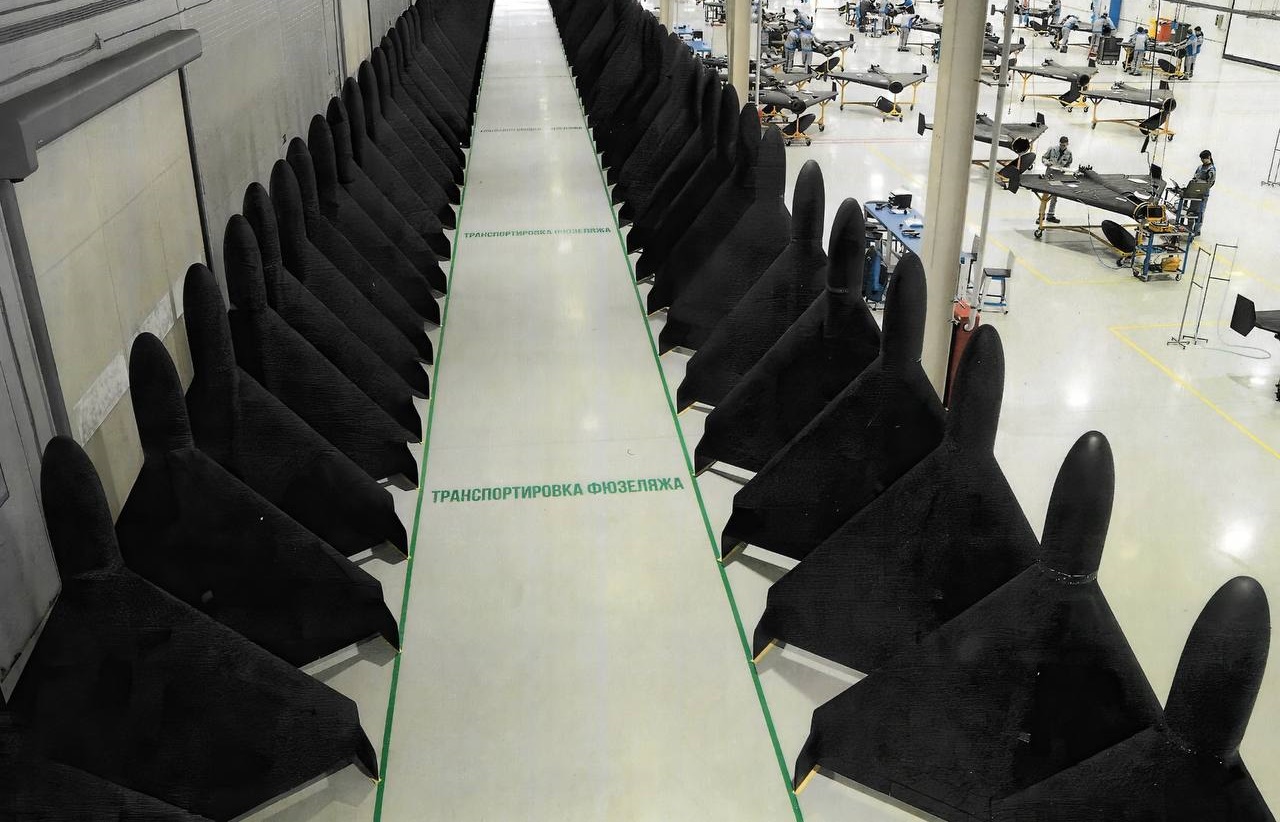
Next, russian sources have also praised what they call a "best-in-the-world anti-spoofing algorithm." In reality, this is more likely a compromise solution, as meaningful solutions like equipping expendable drones with advanced CRPA antennas are too expensive. Moreover, it's hard to come up with something genuinely novel and effective by simply developing new algorithms.
As for warheads, the russian side claims to have increased payloads from 50 to 90 kg, particularly by using high-explosive fragmentation types. While a larger payload makes the drones more dangerous, it further reduces range so the usage remains limited to specific, infrequent operations.

Finally, any talk of "refined tactics" is ultimately part of a larger cat-and-mouse dynamic: each advancement prompts a countermeasure. The only real variable is how quickly each side can adapt.
In summary, while russian Shahed drones are indeed evolving, the notion that they have become an unstoppable "wunderwaffe" is exaggerated propaganda. Ukrainian defenses continue to adapt in parallel, maintaining the balance in this ongoing technological arms race.
Read more: What Unique Solutions Power the Ukrainian New Anti-Aircraft Drone Taking Down russian Shaheds?




